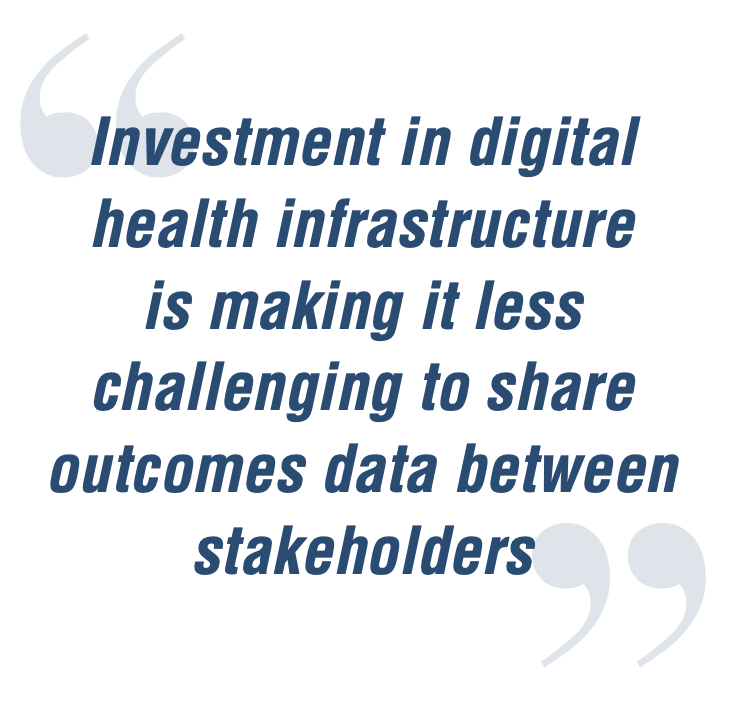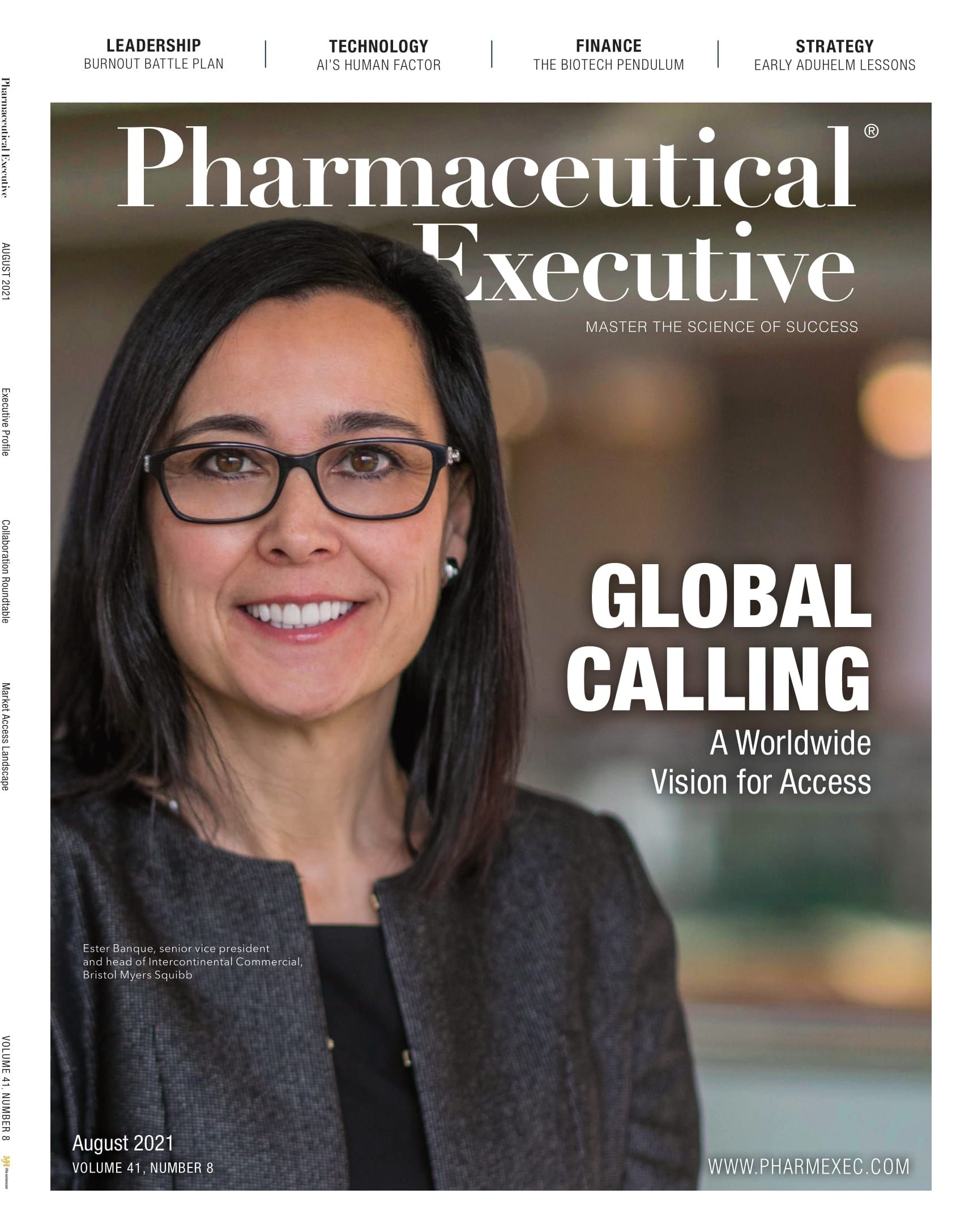A Brave New World: Optimizing Access in Wake of COVID
The top changes necessary in planning and designing pharma market access plans, including a revamp of the payer-value equation at pivotal points in the product life cycle.

As the world emerges from a healthcare crisis on a scale unlike anything in living memory, how will the fallout change market access? COVID-19 will intensify trends that have been unfolding for some time—presenting challenges and opportunities for the industry. Successful drug commercialization in testing market access environments will require companies to work smarter to reduce the risk of underperformance.
Payers are now considered the dominant stakeholder in Europe, and many other markets globally. The US also appears to be moving closer to European practice, with growing interest in health economic evaluation and the possible adoption of international reference pricing.
Payers demand clear product differentiation supported by robust evidence. The economic fallout from the pandemic is sharpening their focus on sustainability and affordability. As public investment is prioritized in areas of healthcare found wanting, the access challenge will intensify for new drugs, with a widening gap between winners and losers.
Ground-breaking science alone will no longer be enough, and having the right capabilities at the right time, along with a robust access plan will be crucial, especially for high-priced, high-budget-impact treatments. The larger the price tag, the more creative the plan required. Access plans must be developed earlier, designed better, and executed more skillfully. Payer value must be created earlier in drug development, then communicated at launch and continuously across the product life cycle.
What changes are required?
To deliver a successful access strategy, companies must answer five key questions.
1. What are the critical access requirements and when should you address them?
It is startling that many companies think about access after designing their pivotal studies—or, worse still, after results have read out. By this stage, companies have missed out on crucial opportunities to generate payer value from their studies. Companies rarely ask payers what they need, and this must change. Given the impact of payer decisions, companies need to get them on board early and target a reimbursable file, not just an approvable one. Drug developers need to ensure that data requirements for health technology assessment (HTA) bodies are explored early (Phase II clinical trials) and the insights used to design better pivotal studies. Small tweaks can deliver significant improvements in HTA decisions, and if larger changes are indicated, these should be evaluated by weighing up potential return on investment. What is certain is that a lack of such data at launch will seriously hinder reimbursement prospects, resulting in poor access outcomes.
2. How can you maximize health outcomes?
HTA and payer bodies base their decisions on a quantification of the additional health outcomes that a new treatment will deliver in real-world patient populations at launch versus the cost. Smart companies are increasingly utilizing early dialogue mechanisms (see Table 1 below) that are offered to understand how to maximize the collection of health outcomes data from their clinical trials, as well as how to optimize their study designs. One approach is to identify higher-value patient populations, such as by using biomarkers. Digital technology also offers opportunities. For example, a digital therapeutic or a companion digital app that improves adherence could help in optimizing patient outcomes. Digital strategies cannot be an afterthought: They require planning before pivotal studies to allow sufficient time for development and testing.

3. What data will you require before and after marketing authorization?
Increasing numbers of medicines are gaining early regulatory approval based on data considered incomplete by payers. Demands for post-authorization data from both regulators and payers are growing, and maintenance of price and access already depends on periodic analysis of this evidence in some markets. The need for better health surveillance for pandemic preparedness will accelerate the joining up of healthcare data sets. This, in turn, will facilitate the use of electronic health record data to assess real-world value of medicines and will stimulate a transition from HTA to health technology management. It is likely that prescribers will be increasingly mandated to prescribe based on an evidence base that continues to evolve in the real world, post launch. Higher volumes of real-world data have been shown to correlate with more successful product launches, and so a robust evidence plan is now an imperative.
4. How will you generate a return on investment that is acceptable to payers?

Managed entry agreements have been in existence for more than a decade but have not been universally adopted. The main obstacle has been the administrative burden of collecting data needed to assess a drug’s performance. However, recent developments indicate that more payers are turning to these types of agreements to reduce net pricing and find sustainable payment models. Investment in digital health infrastructure is making it less challenging to share outcomes data between stakeholders, and standardized digital platforms that manage performance outcomes and associated payments will become more commonly used. Managed entry will be particularly important for high-priced therapies with uncertainty over longer-term outcomes at launch. For treatments that are administered just once and are potentially curative, such as cell and gene therapies, installment payments staggered over several years are gaining in popularity.
5. How can you accelerate access and increase patient uptake?
While regulatory authorities have been speeding up time to marketing authorization, national payers have not always kept pace. Long access delays are common and compounded by regional, or even local, decision-making. Given that every month’s delay translates into a month less at peak revenue, companies should consider moderating price to secure faster reimbursement. Patient uptake can be challenging, especially where specialized treatment is limited to a few centers of excellence. Considering how patients access treatments will become increasingly important as the pandemic shifts patient care further toward outpatient and community settings. Launch success is less about maximizing price and more about achieving an optimal balance between price, access, and volume that supports both product revenue and company reputation—an increasingly precious asset.
Prepare for a bumpy journey
The pandemic has generated powerful tailwinds that might benefit the life sciences industry. Pharmaceutical companies are reaping a reputational dividend from their contribution to ending the crisis. Governments are starting to recognize the value of funding long-neglected aspects of healthcare, such as public health, disease prevention, pandemic preparedness, and infectious diseases. Politicians also appear inclined to acknowledge the contribution that an innovative life sciences sector makes, not just to a nation’s health, but also to its economy. However, the industry should not expect too much upside, as governments are still willing to make politically unpopular decisions to balance budgets.
The life sciences industry will also face some significant headwinds. Paying off the pandemic will result in fiscal pressures across the board, including healthcare. In seeking to curb spending, it is easier for governments to target variable costs, such as pharmaceuticals, than to seek savings on fixed costs, such as personnel, infrastructure, and services. Politicians will look very closely at what manufacturers do to deliver affordable and equitable access to transformative medicines. In this climate, it will be more vital than ever for companies to plan early for an access strategy that aligns the needs of their investors with those of politicians, payers, and, most importantly, patients.
Mel Walker, Managing Director, BioPharma Futures, Neil Grubert, Global Market Access Consultant

Trump: 'Major Tariff' on Pharmaceuticals Coming Soon
Published: April 9th 2025 | Updated: April 9th 2025“We’re going to tariff our pharmaceuticals, and once we do that, they are going to come rushing back into our country," President Donald J. Trump said during a Tuesday night dinner in Washington.